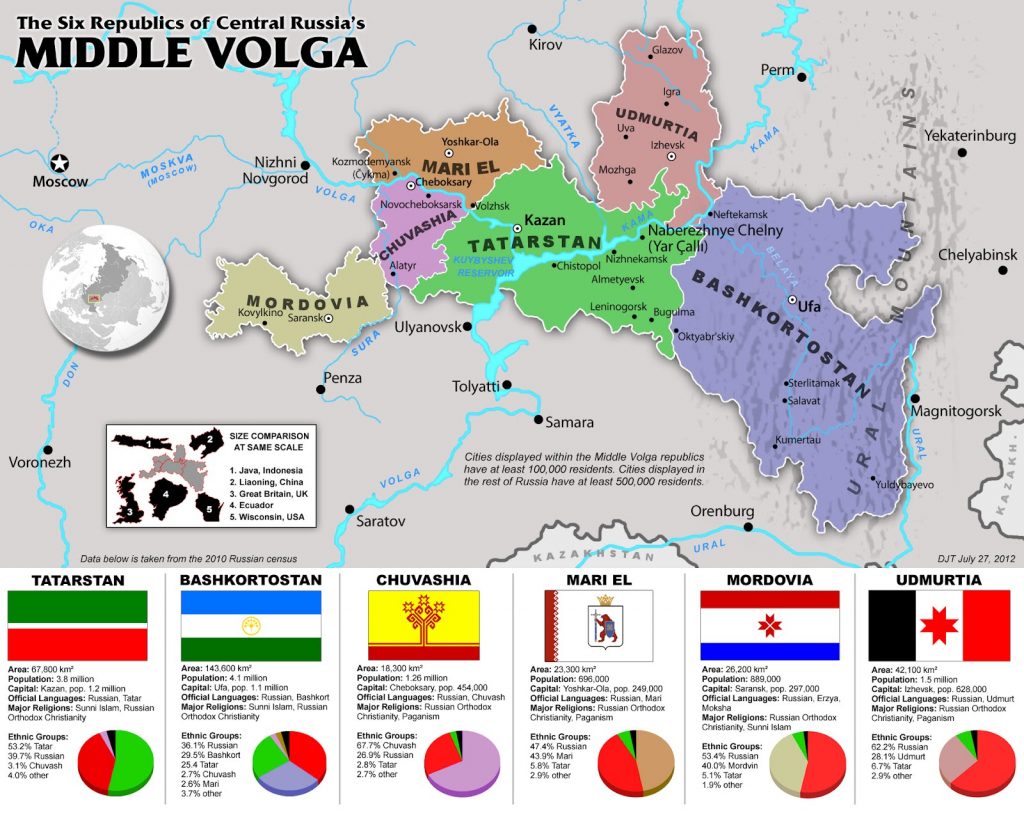up to 80 percent of ISIS groups in Syria are former residents of Russia's North Caucasus & Middle Volga republics
Many of the leaders of the radical Islamic State of Iraq and Syria come from Muslim regions of the Russian Federation, and they plan to launch attacks in its regions, coming in via Afghanistan and Central Asia rather than the more direct but more difficult route across Türkiye and Iran, according to Moscow experts.
Both the danger of such new jihadist attacks in Russia and this route help to explain, commentator Ruslan Gorevoy says in surveying this expert community, why Moscow has been devoting so much attention to improving security in Central Asia in the hopes of stopping ISIS militants there.
ISIS has two centers of power, Gorevoy says, the main Iraqi one and the shadowy Syrian one. Most reportage has focused on the former and largely ignored the latter. “Why? Because almost all of its leadership without exception are people from the Soviet Union,” who “speak Russian,” and who know “about all our realities.”





